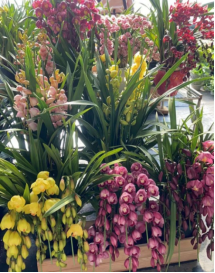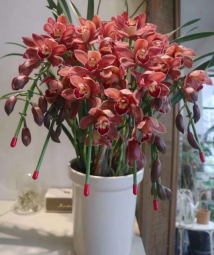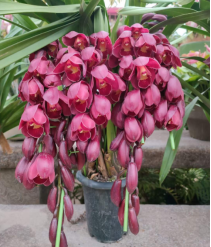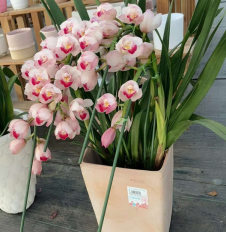- Tutti gli impianti
- Aglaonema rossa
- Aglaonema Suksom Jaipong
- Aglaonema Bianco
- Alocasia
- Anthurium
- Cymbidium
- Caladium
- Dieffenbachia
- Albero di ficus
- Felce
- Fico a foglia di violino
- Hoya
- Monstera
- Filodendro
- Pothos
- Palma della coda di cavallo
- Albero dei soldi
- Impianto di gomma
- Syngonium
- Spathiphyllum
- Impianto ZZ
MenuMenuMenuMenu - Chi siamo
- Notizie
- Servizio
- Contatto








